IMF: Iran to see fastest regional growth of 3.4% in 2021
The International Monetary Fund (IMF) says the double whammy of lower oil prices and reduced demand amid the coronavirus pandemic will cause the sharpest economic contractions this year among the major oil producers in the Middle East and Central Asia.
In its regional outlook, the IMF said real GDP for oil exporters including Iran and Persian Gulf Cooperation Council (GCC) members will shrink about 6 percent to 6.6 percent this year.
“Oil exporters will show a $224-billion shortfall in oil revenue this year because of COVID-19,” S&P Global Platts quoted director of the IMF’s Middle East/Central Asia Department Jihad Azour as saying.
Next year, however, Iran and other oil exporters will see the fastest growth in the region of 3.4 percent compared with 2.3 percent for the GCC, he added.
GCC includes Bahrain, Kuwait, Oman, Qatar, Saudi Arabia and the UAE. Other oil exporters of the region are Algeria, Iran, Iraq, Libya and Yemen.
According to Azour, GDP for the oil sector alone in the region will fall 7.7% in 2020. Saudi Arabia's economy will contract 5.4 percent this year.
The IMF also predicted that oil futures are likely to move higher after OPEC and Russia decided to stabilize the oil market with their historic output cuts starting in May.
"Oil futures curves indicate that prices are expected to increase toward $48 per barrel in the medium term (from $41 in 2020), remaining some 25% below the 2019 average," Azour said.
Iran’s oil industry is at the forefront of an economic war with the United States which has pledged to bring Tehran’s crude exports down to zero. The Islamic Republic exported around one million bpd until May 2019, when the United States tightened its sanctions, banning all oil exports from Iran.
In July, the Organization of Petroleum Exporting Countries (OPEC) said Iran's revenue from total crude oil exports and oil products in 2019 was just over $19 billion, less than a third of the previous year.
On the upside, the sanctions have helped Iran experiment life with little dependence on oil and diversify its sources of income.
Head of Iran’s Plan and Budget Organization Mohammad Baqer Nobakht has said the fiscal budget for the Iranian year of 1399 which began on March 21 is the least dependent on oil.
Secretary of State Mike Pompeo once said the administration's strategy of "maximum pressure" aimed to cut off 80 percent of Iran's oil revenues as he gloated over President Rouhani’s announcement that the sanctions had denied Iran $200 billion in lost foreign income and investment.
However, US officials have little to rejoice as time goes by. Far from collapsing as American leaders had predicted, Iran’s economy keeps humming and is getting back on its feet.
The Iranian economy is very diverse, with manufacturing being a key driver and one of the most important areas, which accounts for about one-fifth of overall employment.
It includes automobiles, metals and plastics. Iran is the Middle East’s biggest automaker and the auto industry in the country of some 85 million keeps more than 60 other industries moving.
While the US sanctions make it difficult to access goods needed to make products and find customers, Iranian businesses can stay afloat by tapping the domestic and regional markets and using informal payment systems that do not rely on banks for trade.
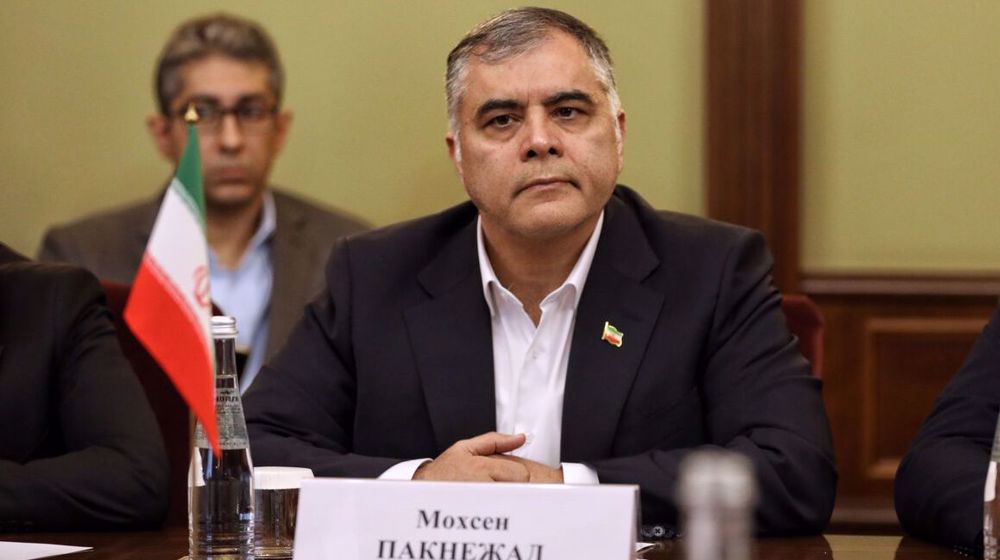
Oil Minister Paknejad: Russia to build nuclear plant in Iran with own funds
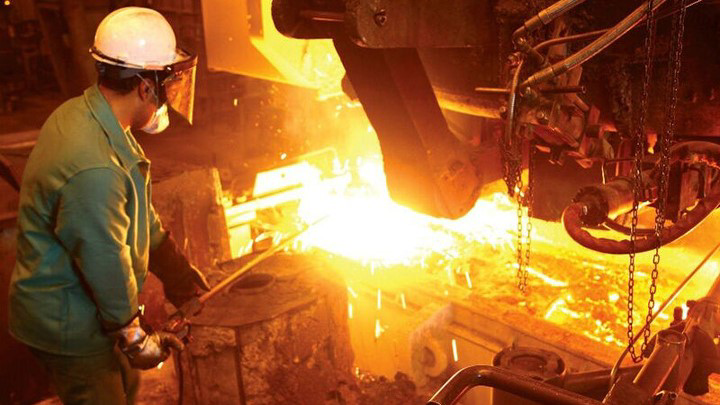
Iran’s steel output up 3.7% y/y to 3.3 million mt in March
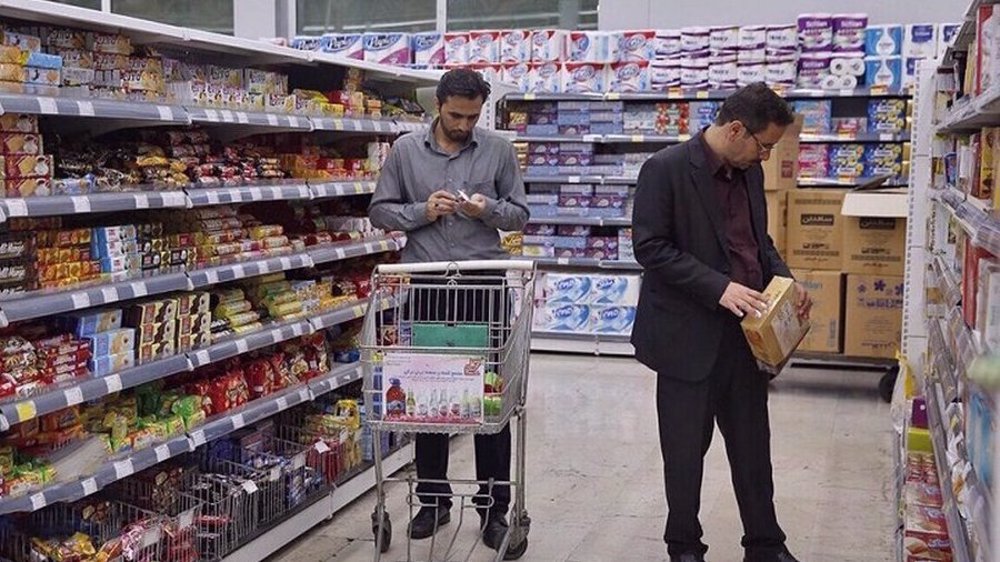
Iran’s annual inflation up 0.7% to 33.2% in April: SCI
Yemeni ballistic missile triggers sirens across Israeli-occupied territories
VIDEO | Press TV's news headlines
VIDEO | Russia to begin gas supplies to Iran via Azerbaijan, boosting energy ties
VIDEO | Protesters in Damascus slam Arab silence on Gaza
VIDEO | S African protestors decry America’s ongoing support for global aggression
VIDEO | Spokesperson: EU committed to diplomatic solution with Iran
Iran, Oman discuss arrangements for third round of indirect Tehran-Washington talks
Iran offers mediation as India-Pakistan tensions escalate


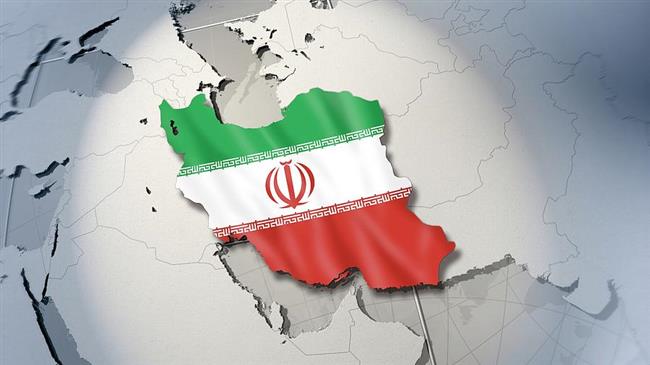






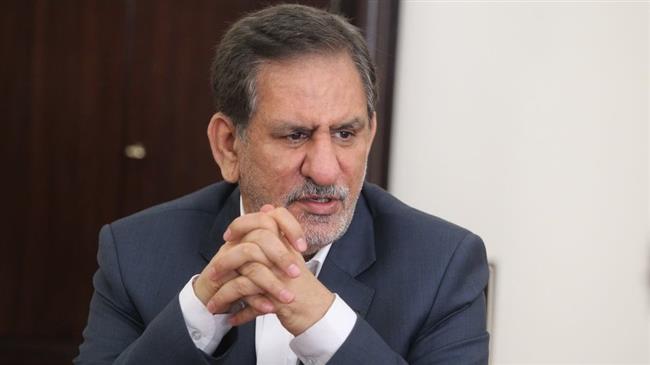
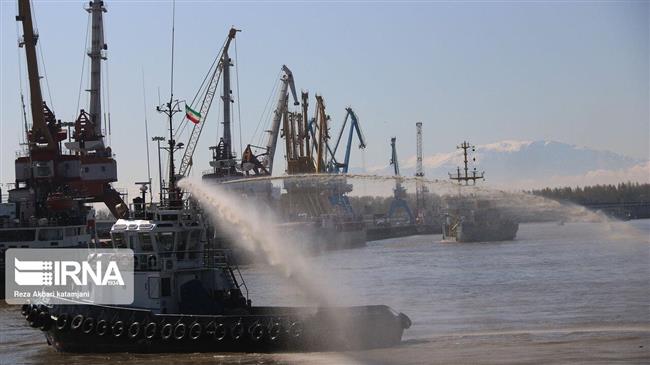

 This makes it easy to access the Press TV website
This makes it easy to access the Press TV website